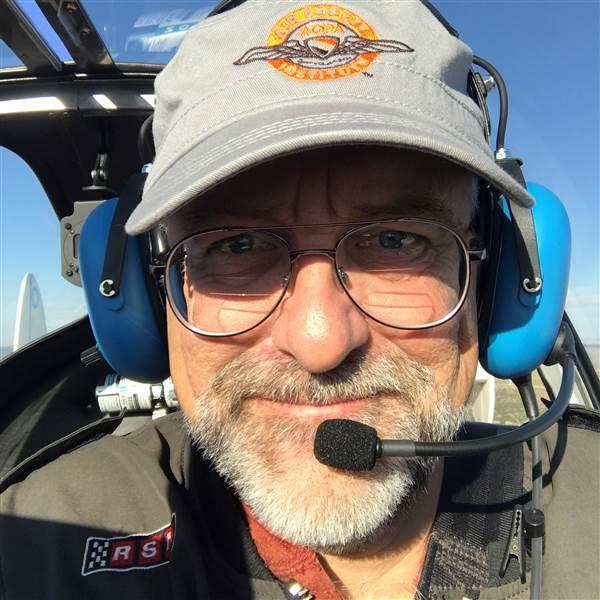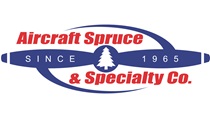Training and Safety Tip: Making sense of mixed units
One of the challenging things about learning to fly is dealing with mixed units of measurement.
Altitude can be measured over the average height of the sea or above the ground, and temperature is expressed in degrees Celsius or Fahrenheit, speed in miles per hour or knots, direction in magnetic or true, and distance in statute or nautical miles.
But I promise you, your brain will quickly adjust to this seemingly confusing mix of measuring sticks. In the long run it’s less disorienting than it seems at first, and for the most part, it won’t matter in day-to-day operations.
That said, there’s one area where the different units really do make a difference. Visibility is reported and forecast in statute miles, not the nautical miles in which you’re learning to visualize aviation distances. And because the nautical mile is about 15 percent longer than a statute mile, your brain will tend to overestimate visibility reports or forecasts that are given in statue miles, using the nautical distances your eyes and brain are used to judging. Stated another way, the visibility is actually worse than you expect it to be because of the difference in measurement. You expect to see further than you really can.
In most cases this doesn’t really matter, as the difference isn’t all that much. But the impact of even a small variation expands as numbers decrease. So, as you close in on the weather minimums, this sight-picture perceived “error” compounds. On the extreme end, that 1-sm visibility that’s legal for certificated pilots in Class G airspace during the day is not the 1 nm that we are used to when flying.
In fact, the lower end of legal visibility is just a bit over four-fifths of a nautical mile. At even a modest cruise speed of 130 knots, that gives you just 22 seconds to see and avoid any obstacles as they appear from the haze.
Which might surprise you, because you just can’t see as far as you expected to see.




